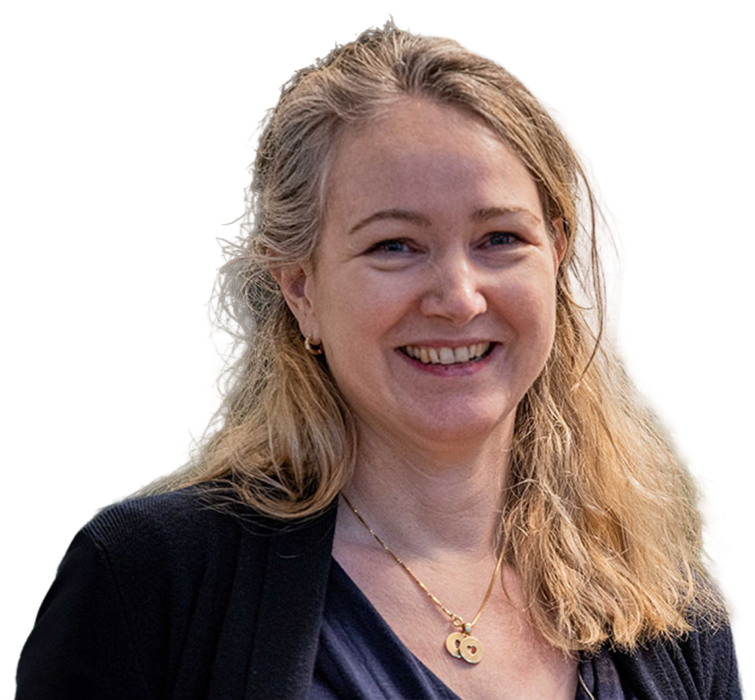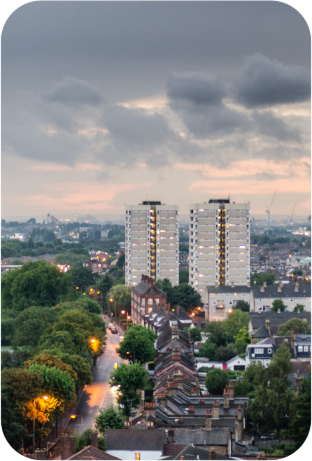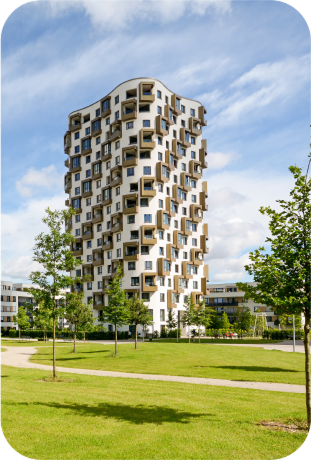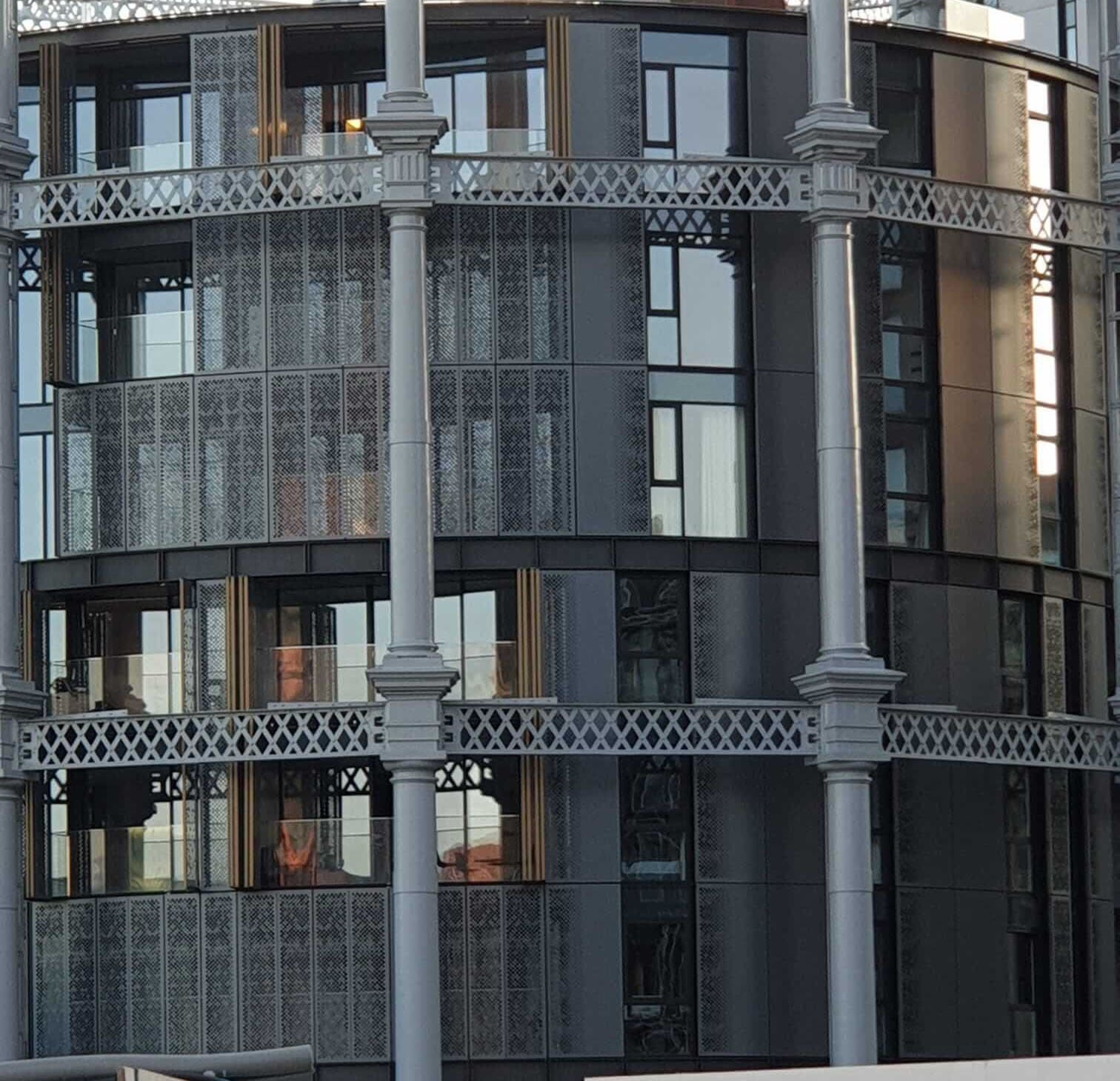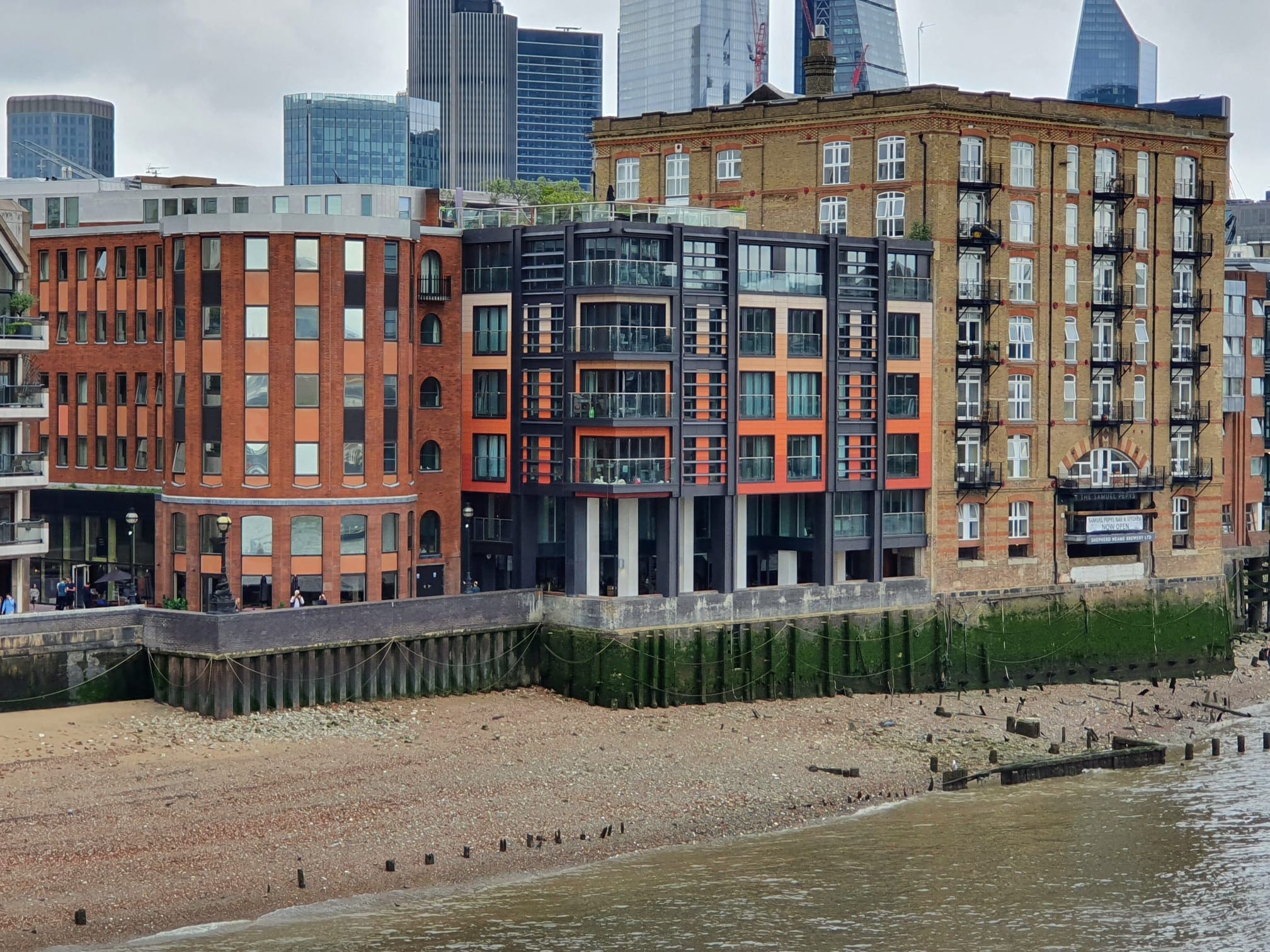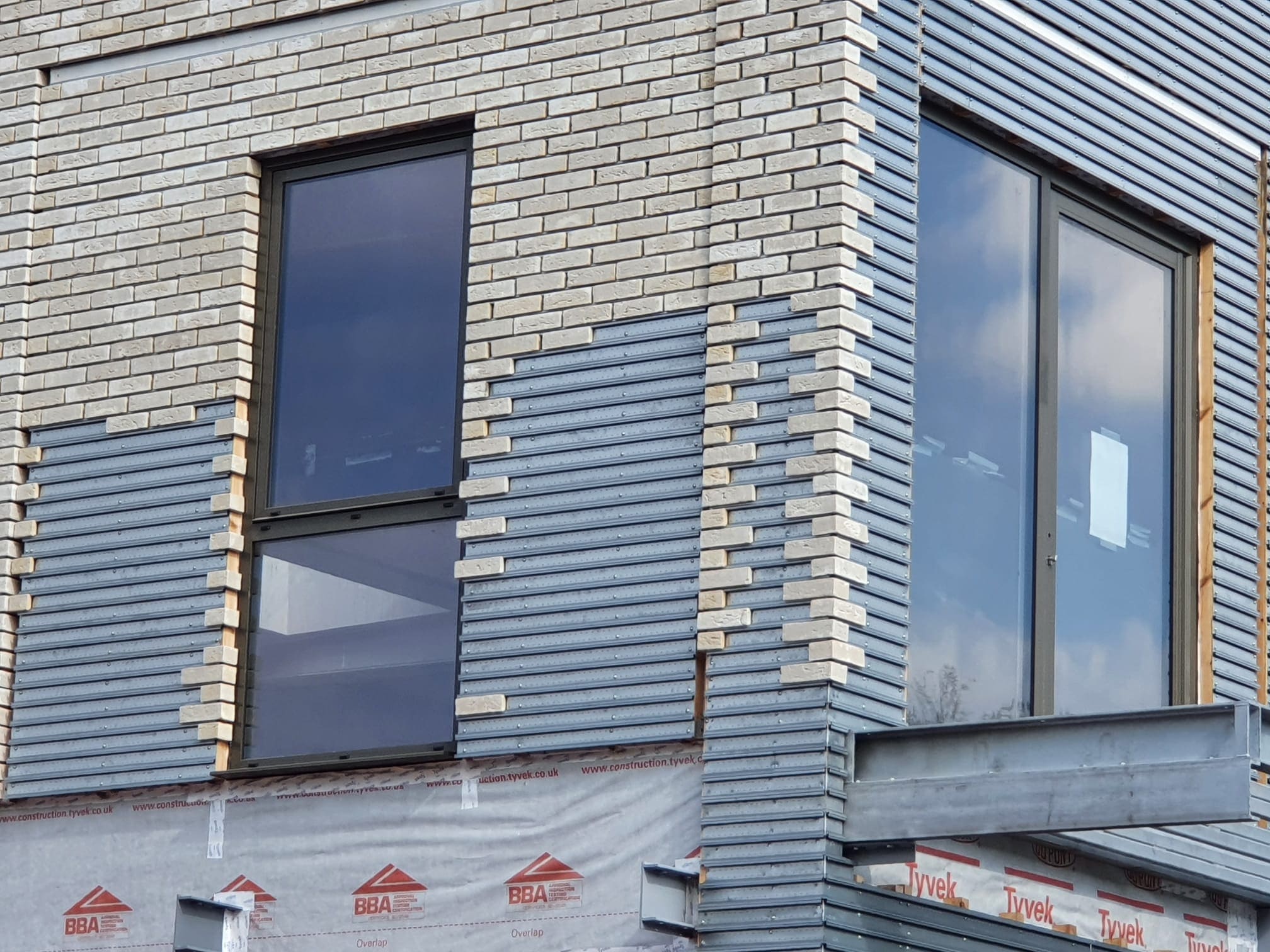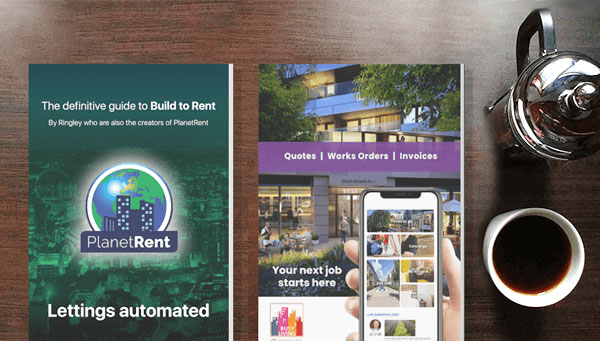 318
318
 0
0
Rural lifestyles are growing in popularity post-Covid
Here's a bit of Friday fun for you - are you a Glomad or a Rusticarian? Real estate specialist Strutt and Parker has been looking at ways that shifting attitudes to housing and co-habitation post-Covid could change the housing market. not only affecting our reasons for moving but actively steering what it is we look for in a home. So they've identified five homebuying groups and predicted how they might respond to the new landscape.
Glomads: Also known as the rental generation, this group is identified by their hesitation to define one place as home, preferring instead to have the option of traveling, working remotely, and keeping their possessions minimal. The Glomad population is expected to expand in the wake of the Coronavirus, encouraged by a new-found willingness among businesses to offer remote work.
Onesies: Pre-pandemic, 41% of UK households were made up of single individuals choosing to live alone. However, the long-term reality of isolation has the potential to cause huge changes among this demographic, with singletons taking up co-housing arrangements and embarking on new planetrent.co.uk/blog/five-reasons-to-love-coliving'>co-living situations.
Sundowners: 14.5 million people in the UK are over 65. 20% of the population. This is the generation that Strutt and Parker often see looking to downsize, releasing equity for their retirement. Co-housing arrangements during the lockdown, including older family members welcoming younger generations home to isolate, may see this age group reconsidering the importance of the family home, holding onto their properties, or even encouraging cohabitation in the future.
Waltons: The multigenerational household, while far from idealized in the pre-lockdown society, could potentially prove a new route for Sundowners, who may now be more open to co-housing with younger generations of their family.
Rusticarians: Driven by environmental and technological factors, these diverse countryside dwellers are more open to less conventional housing and non-traditional locations. The impacts of Covid-19 have sparked a renewed interest in the rural lifestyle, with an increasing number of people looking to settle in community-led environments. Combined with a significant rise in homeworking, there is undoubtedly huge potential for this group to grow in the post-Covid world.
Strutt and Parker also expect to see changes to the way homes are designed to accommodate these new lifestyles. For larger, open-plan homes, 'broken-plan living' is looking to become a growing interior trend? retaining the sense of space created by open-plan design, while incorporating semi-divisions such as partial walls, kitchen islands, freestanding fireplaces, or glass partitions. This establishes different settings within the home, so allowing households to co-exist in the same space whilst maintaining privacy.
In smaller homes, or for homes naturally divided into smaller spaces, multifunctional rooms can be used to create more adaptable homes? kitchens with islands doubling as workstations, or guest bedrooms that can be transformed into gyms or offices as required. In a world where flexibility is becoming ever-more essential to functional living, multipurpose spaces can allow us to comfortably adapt to whatever changes might appear on the horizon.
Integrated technology is set to become a permanent feature as our homes must increasingly be well connected to the outside world, and already Strutt and Parker are seeing schemes fast-tracked by our changing dependence on home living spaces.
The next few years will be certainly interesting from a housing perspective. So where do we go from here? what do you think?
www.ringley.co.uk
Why not READ our Planet Rent Blog too: blog.planetrent.co.uk




Meet our Expert Property Commentators









